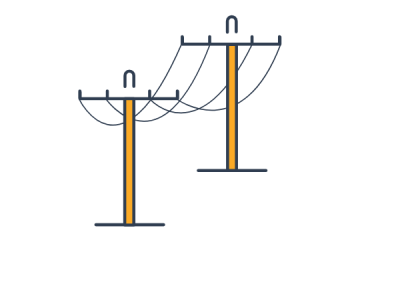The National Electricity Rules were changed to support an accelerated rollout of smart meters to homes and businesses by 2030.
The rollout aims to move customers away from outdated manual metering technology to a more accurate and efficient digitised system using smart meters.
A key part of these rules changes by the Australian Energy Market Commission (AEMC) was to remove the option to ‘opt-out’ of a smart meter. This means that if your electricity retailer contacts you about installing a smart meter, you won't be able to refuse. However, additional consumer protections around the cost, installation, and changes to the way you are charged for your electricity have been added to support the rollout.
This information is for consumers in Queensland, New South Wales, South Australia, Tasmania and the Australian Capital Territory. Consumers in Victoria should visit the Essential Services Commission of Victoria’s website.




